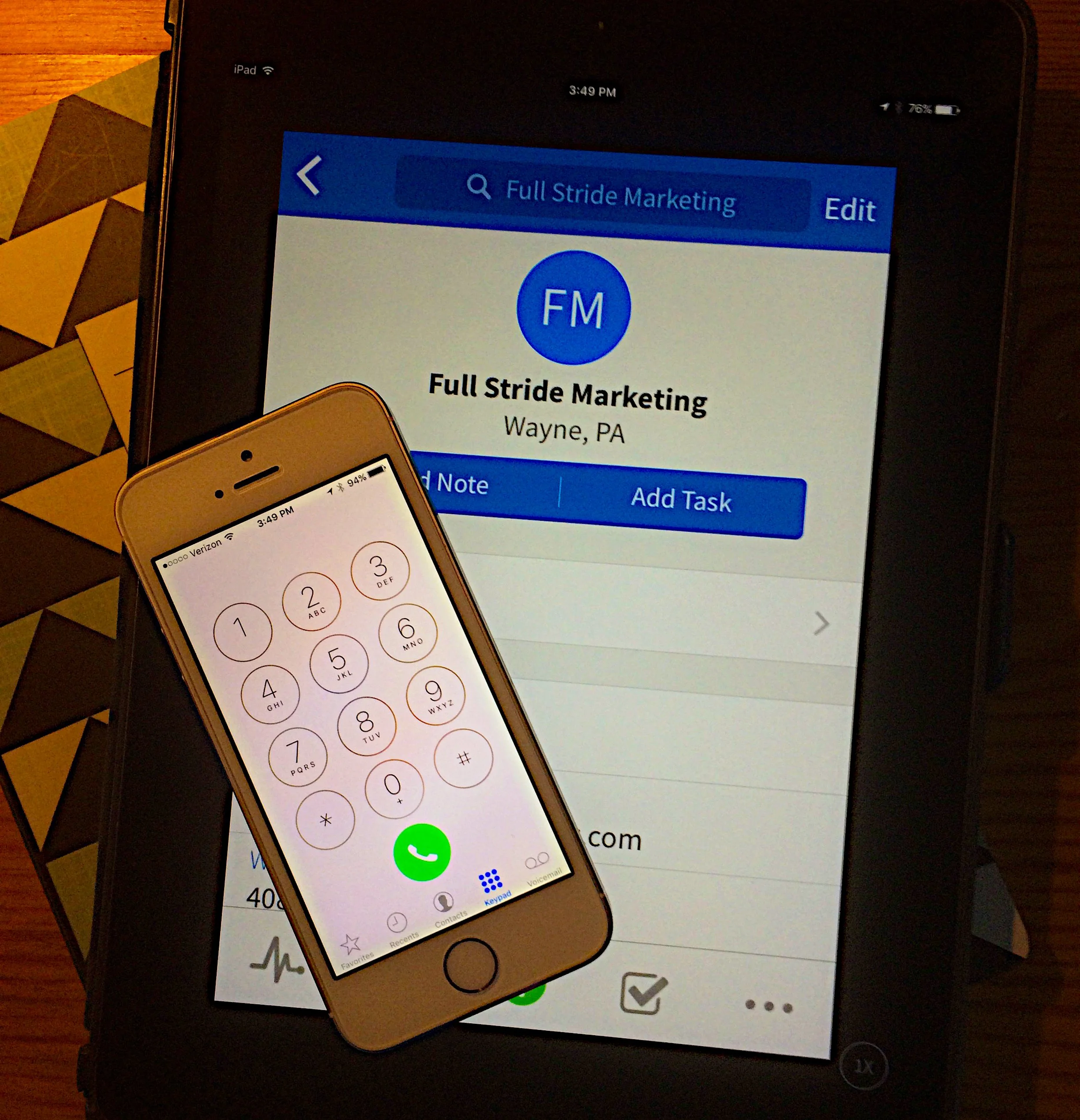I am still basking in the afterglow of another reunion weekend with the Franklin & Marshall College Class of 1986. What a great group of people—each reunion I am reminded how much I enjoy reconnecting with my classmates—learning how we have grown into ourselves, reminiscing on our shared experiences. These are ALL smart and accomplished people who have found ways to live lives of meaning and substance.
As I approached the weekend, I contemplated the value of my educational experience. We've seen some backlash over the sky-rocketing cost of higher education, and the kind I received—at a small, elite liberal arts college—is expensive, no doubt, but I still find so much value in not just the classes I took, but in the nature of the institution and, in particular, the type of learning—a liberal arts degree. I'm thrilled that my oldest daughter is attending such an institution and that we are once again making the tours of similar schools for my youngest.
So much ink has been spent in recent years on the way colleges prepare students for careers, it seems to miss the point that what we really need to prepare them for is life. Jobs come and go—I can attest to that personally, but you only have to look at national statistics to discover that the job you have today may not exist in five years. With the rate of technological change and globalization, the job you DO have in five years may not even exist today. So how do you prepare a student for that?
In this recent article in The Atlantic, Yoni Applebaum writes, "Students are clamoring for degrees that will help them secure jobs in a shifting economy, but to succeed in the long term, they’ll require an education that allows them to grow, adapt, and contribute as citizens—and to build successful careers. And it’s why many schools are shaking up their curricula to ensure that undergraduate business majors receive something they may not even know they need—a rigorous liberal-arts education." This is the kind of well-rounded education that I had—instruction in the classics, language, religion, science, literature, mathematics, history—a broad ranging curriculum that emphasizes close reading and writing and engenders critical thinking...critical thinking—"the objective analysis and evaluation of an issue in order to form a judgment."
As an English and American Studies major, my professors helped me hone my critical thinking and communication skills—especially my writing. They encouraged discussion and careful thought, and, along with my classmates, improved my vocabulary. Because when you are careful about the words you choose, you raise the level of discourse, because a thoughtful approach leads to deeper conversations. We seem to be faced with a backlash against this kind of intellectual discourse, a tendency to dismiss it as elitist. Yet we should admire individuals who read great works of literature or study ancient philosophies and history, who strive for excellence in scientific experiments and the arts, attempting to apply the vast accumulated knowledge in the world to solving problems and to understanding the complex nature of human experience. Our national discourse is missing much of this context—we can be and are better than the sound bites we see on TV. We no longer seem to require that our political leaders be able to clearly articulate their policies. In some ways we have fallen victim to "celebrating mediocrity" as Mr. Incredible says to Elasta Girl. Catering to the lowest common denominator, rather than challenging ourselves to be better.
The courses I took in college were varied—most were good, one or two were terrible, and several were truly remarkable learning experiences. But taken as an entirety, they merely scratched the surface, the bedrock for the continued learning to come. Yet they prepared me for a broad-ranging career. In college, I found the beginnings of my voice. I learned to articulate a position by finding or creating the data to support it; I learned to read closely and to write; as one of the first classes to have Macs on campus, I learned to embrace technology to enhance my learning experience; I learned how to research a subject using primary and secondary sources; I learned how to take that research and develop a compelling thesis; and, as a four-year athlete, I learned the value of teamwork.
I celebrate my college experience for its depth and breadth. For giving me a foundation that I continue to build upon in fits and starts. For giving me confidence when faced with professional and personal challenge. For bringing me into contact with truly remarkable teachers, a few whose advice I continue to seek out to this day. And for introducing me to the class of 1986. We are smart and accomplished, committed and caring. Fun-loving, wickedly funny, more and more daring as we get older. I learned not just from my professors, but from my classmates. And that is the very essence of a liberal arts education. My best friends were college classmates—that's the other value I put on my college experience. I rounded out my education by gaining the love and friendship of smart people who I admire and who have challenged me to continue to strive to be worthy of their friendship.








